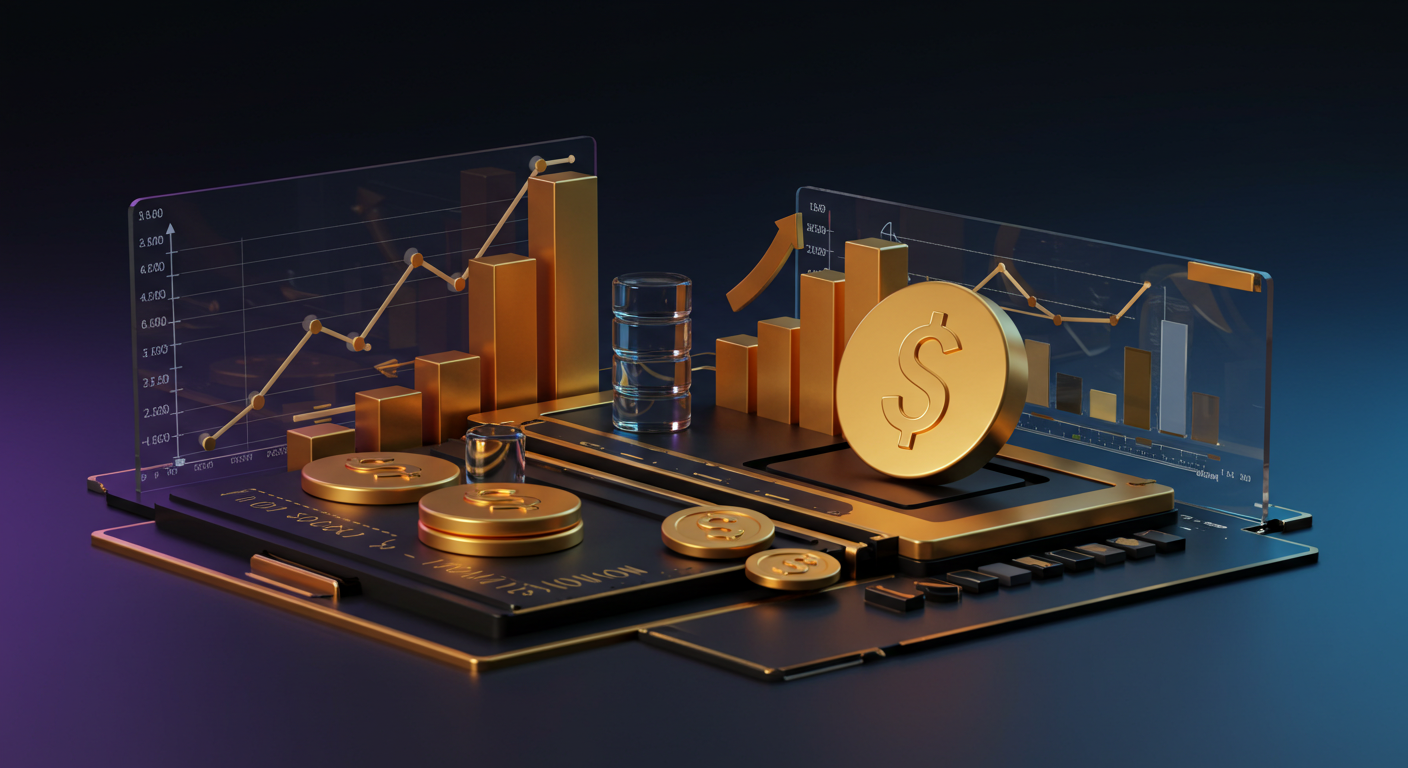
Gold prices have risen to around $3,080 during the early Asian session on Wednesday, strengthened by safe-haven demand amidst escalating trade tensions between the US and China. President Trump announced a 90-day pause on new tariffs for most countries but increased tariffs on Chinese imports to 125%.
Economic uncertainty and concerns over inflation are supporting Gold’s status as a safe-haven asset. Central banks are major Gold buyers, adding 1,136 tonnes worth about $70 billion to their reserves in 2022, the highest annual purchase on record.
Factors Influencing Gold Prices
Gold’s price is influenced by various factors, including geopolitical instability and interest rates. Its movements are closely linked to the US Dollar, where depreciation can lead to rising Gold prices.
This upswing in Gold prices—hovering around $3,080—has come amid mounting friction between Washington and Beijing. The sharp 125% tariff hike on Chinese goods, announced by Trump, appears designed to enforce industrial recalibration, though the immediate effect seems to be more investor anxiety than trade resolution. While a 90-day suspension on broader global tariffs may ease some uncertainties, it falls short of reversing the momentum that has already energised the flight to safety.
The upwards trajectory in Gold has been further fuelled by the dual pressures of inflation fears and choppy economic indicators. With Gold traditionally valued as a store of purchasing power, buyers are rushing in to hedge against what still looks like an uncertain supervisory and monetary environment. Central banks, having acquired over 1,100 tonnes last year alone, are playing a large role in creating tightness in physical supply, encouraging continued bullish sentiment. Their bulk accumulation suggests a longer-term concern about currency volatility rather than mere opportunism.
The spot market for Gold has always danced in tandem with activity in the US Dollar. A weaker Dollar makes commodity assets priced in it appear cheaper to non-Dollar holders, and we are already witnessing these mechanics in motion. As the Greenback nudges lower amidst mixed economic data and renewed speculation regarding future rate paths, Gold appears to be capitalising.
Impact on Traders and Markets
From our daily positioning, it becomes increasingly clear that traders operating in derivative markets need to account for compressed interest rate expectations and an uptick in market pricing for inflation risk. US Treasury yields have shown impulses towards moderation, and if they continue in that direction, it only sweetens Gold’s relative appeal as a non-yielding asset. Hedging strategies should factor in elongated volatility in FX markets as monetary divergence between regions becomes harder to predict.
With heightened geopolitical discord not set to fade overnight, and central banks reaffirming their preference for asset diversification outside the Dollar, we may see further long positioning build in metals. Short-term selloffs in Gold, should they occur, could be met with renewed buying, particularly from institutions maintaining strategic reserve allocation. That kind of accumulation, when paired with macro uncertainty, often provides a floor not easily broken.
Volatility around Gold contracts may also be heightened by leveraged positioning and the prospect of rate signals being misread. For options traders, skew is likely to remain biased toward the upside. Spreads may widen further if implied volatility continues to drift higher, which looks likely if global tensions escalate further or if inflation prints come in unexpectedly strong. Vol surface watchers would do well to monitor one-month tenor shifts closely, especially around Department of Labor and CPI release windows this quarter.
Real rates, especially on the short end of the curve, must be watched closely. If they retrace lower, it could reinforce Gold’s present breakout levels. Traders with calendar spreads or synthetic forwards pegged to macro catalysts should rethink their deltas and gamma exposures heading toward those data releases.
This is not a market behaving on sentiment alone. Structural drivers remain firm under the surface, shaped by deliberate allocation shifts among sovereign institutions and a broader recalibration in inflation expectations. It is not enough to just track price levels mechanically—there is a need, now more than ever, to be attuned to policy tone, demand flow signals, and changes in real yield differentials. Not doing so risks being on the wrong side of a trade that has moved beyond knee-jerk hedging.







